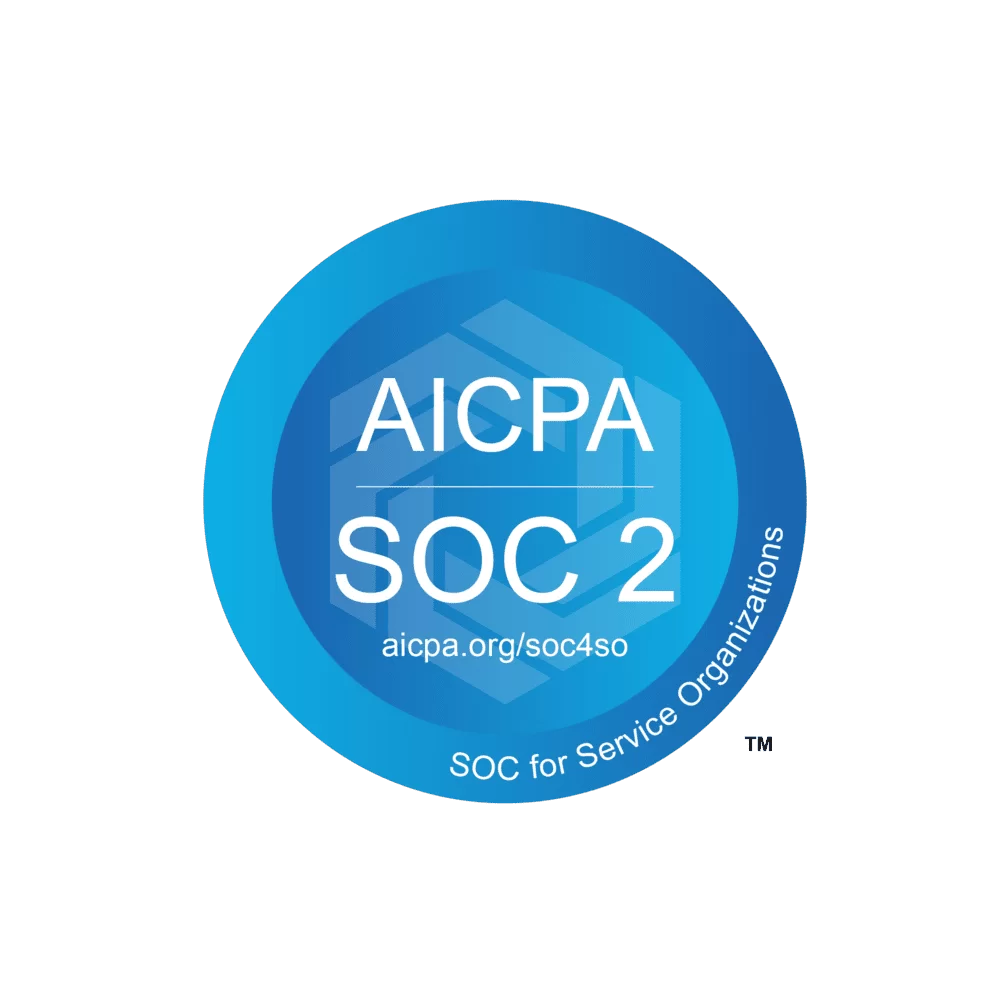SaaS application security is a key component in the flexible delivery model, in which companies deploy a broad range of apps from the cloud. Service providers shoulder most of the burden in this arrangement. Their responsibilities include securing the application, network, delivery platform, and physical environment.
Like any form of cloud services, SaaS application security also falls on the shoulders of the customer. As a SaaS application, you are ultimately responsible for ensuring that end users have secure access to the software, while safeguarding any data that interfaces with the platform.
In this article, we’ll review SaaS security risks and best practices, and how to do a SaaS application security assessment.
SaaS Application Security Risks

Verizon's 2020 Data Breach Investigations Report took an extensive look at threats against SaaS apps, and IT environments in general. The report found that cloud resources were involved in roughly 24% of breaches, with compromised credentials accounting for 77% of those instances. Email and web servers were also identified as potentially vulnerable assets, accounting for a combined 73%of cloud-related breaches.
While cyberattacks generally go after targets that are easy to exploit or net the biggest return, some attacks pose a specific threat to SaaS application security. The anytime, anywhere element and the volume of sensitive data stored across these platforms gives both vendors and customers ample reason to stay on alert.
SaaS application security risks include, but are not limited to:
Data-driven Breaches
Tapping into a versatile delivery platform, SaaS applications can be deployed in the form of customer relation management systems, office productivity suites, email marketing solutions, and other types of software. These applications represent a treasure trove of precious data hackers would love to get their hands on.
Web App Hacks
Web applications made up 43% of breaches in 2020, per the above Verizon report. SaaS apps are particularly susceptible to exploits that directly target web applications, with cross-site scripting (XSS) and SQL injection among the main culprits. These attacks are infamous for their ability to gain access to cloud applications and the massive databases behind them.
Misconfigurations and User Error
Customers will be responsible for an alarming 99% of cloud security failures over the next three years, according to Gartner. This bold projection supports Verizon's findings that 22% of total breaches are attributed to unintentional mishaps.
When it comes to implementing security controls designed to protect SaaS applications, the ramifications of human error can be costly. For instance, an administrator could unknowingly configure a cloud app in a manner that allows confidential data to be viewed by anyone online.
Internal threats and Vulnerabilities
In most cases, the greatest threat to the security of any organization is none other than its employees. Maybe a weak password allowed hackers to gain access to a SaaS application. Or perhaps a disgruntled employee leaks vital information that leads to data loss. Both examples illustrate how authorized access from the inside can lead to unauthorized access from outside.
SaaS Application Security Best Practices

The myriad of threats in today's digital universe makes security a chief priority for cloud services. With that in mind, we have outlined a list of recommendations to help bolster your SaaS application security.
Secure Your Deployment
Some SaaS providers offer a robust suite of security features. Others commit to the bare minimum, opting to focus on the delivery and availability of cloud services instead. What you consider acceptable will largely depend on your preferred mode of deployment (how you send updates and patches to users).
Amazon, Microsoft, and other major cloud service providers specialize in public cloud offerings with built-in security. These services typically promise network and data security in addition to around-the-clock monitoring of SaaS applications.
You can also opt for a more independent route via self-hosting. These self-managed cloud applications require a bigger commitment in the security department. Since they are deployed on-premises, the customer is responsible for managing the network and infrastructure-related security challenges usually maintained by cloud service providers.
There is no right or wrong way to go. To find the best SaaS application security, you’ll need to weigh the pros and cons of both options for your organization.
Fortify Network Security
Even if you partner with a public cloud vendor, you still need to make a sound network security strategy. The most common network security stack includes a firewall that keeps malicious traffic out, a monitoring system capable of detecting any traffic that manages to slip through, and anti-malware capabilities that eradicate any threats that could potentially compromise the network at the end user level.
Enforce Access Controls
Controlling access to mission-critical operations requires a mix of technologies and policies. Security best practices for technical controls primarily focus on identity and access management. For example, multi-factor authentication requires at least two forms of identity validation, while encryption uses military-grade ciphers to facilitate authorized access and prevent data loss.
On the policy side, organizations can improve SaaS application security by treating access as a privilege. This could be as simple as recognizing that not all users or devices require the same level of access. Administrators, for instance, would typically demand privileges that provide access to more system features than end users.
Devise policies dictate what resources are available to which users and devices. From there, you can create a system that streamlines the process of managing those permissions.
Plan for Disasters
A good backup plan is the ultimate safety net. The hallmark of any data protection program is that it will ensure that you can bounce back from natural disasters and cybersecurity attacks alike. Backup solutions come in a wide variety of flavors, but these features are especially vital for SaaS applications:
Company-wide support: You can save a lot of time by prioritizing a backup solution that accommodates your entire SaaS ecosystem. This way, no application is left unprotected.
Centralized management: Some organizations have employees sprinkled across the world. A unified management console will allow you to perform backups from a single interface and standardize your organization's data management policies in the process.
Multiple recovery options: Long gone are the days when data recovery was limited to a single destination. With the right solution, you can unlock the freedom to restore your data in local storage, a separate cloud, or another location entirely.
Scalability: Data is growing at an exponential rate. Adopt a backup solution that can keep pace with the growth your data and SaaS applications demand.



.svg)



